
Looking for something else?
Try one of these!
Bob’s Banger Popper Step-by-Step:
There’s little in fly fishing as exciting as an explosive surface strike. And few, if any flies, are as adept at eliciting such strikes as the popper. Far from delicate, these flies land with a plop and cause continued commotion as they spray water in all directions during the retrieve. An ideal imitation of fleeing prey, the instinctual response these patterns trigger from predatory game fish is unmatched.
Yet, to date, this blog has done little to highlight such flies. While we did cover the Crease Fly and the (popper adjacent?) Gurgler, we’ve yet to delve into any traditional poppers. That changes this week, however, as Bob Popovich’s innovative popper known as Bob’s Banger finds its way into our Fly Pattern Index.
Designed with toothy predators like the Bluefish in mind, this popper is as indestructible as it is easy to tie.
| Materials: | ||
|---|---|---|
 4-6x-Long Saltwater Hook (#1/0-3/0) 4-6x-Long Saltwater Hook (#1/0-3/0) |  140 Denier (Color of Choice) 140 Denier (Color of Choice) |  Foam Cylinder (3/8″-3/4″ diameter) Foam Cylinder (3/8″-3/4″ diameter) |
 Reflective Tape (Color of Choice) Reflective Tape (Color of Choice) |  Stick-on (Color of Choice) Stick-on (Color of Choice) |  Bucktail (Color of Choice) Bucktail (Color of Choice) |
 Ice Chenille or Estaz (Color of Choice) Ice Chenille or Estaz (Color of Choice) |  Zap-a-Gap Zap-a-Gap |
Disclosure: This post contains affiliate links. A small commission may be paid for purchases made through these links.
Bob’s Banger Popper Step-by-Step Tying Instructions:
(Mobile Viewers: Click images to enlarge or rotate phone to landscape)
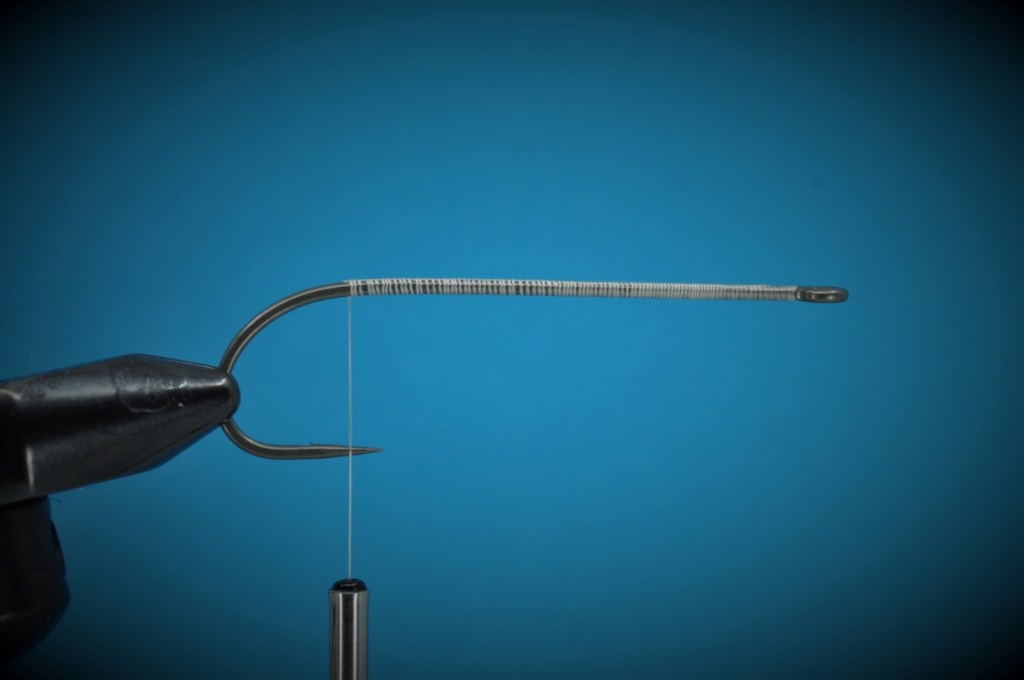

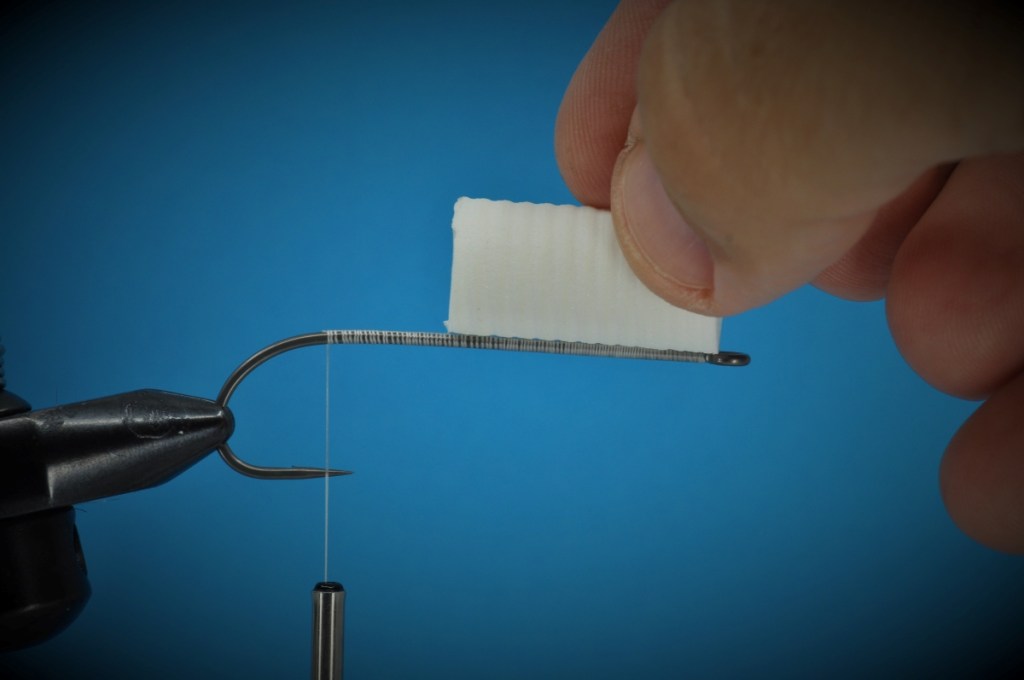
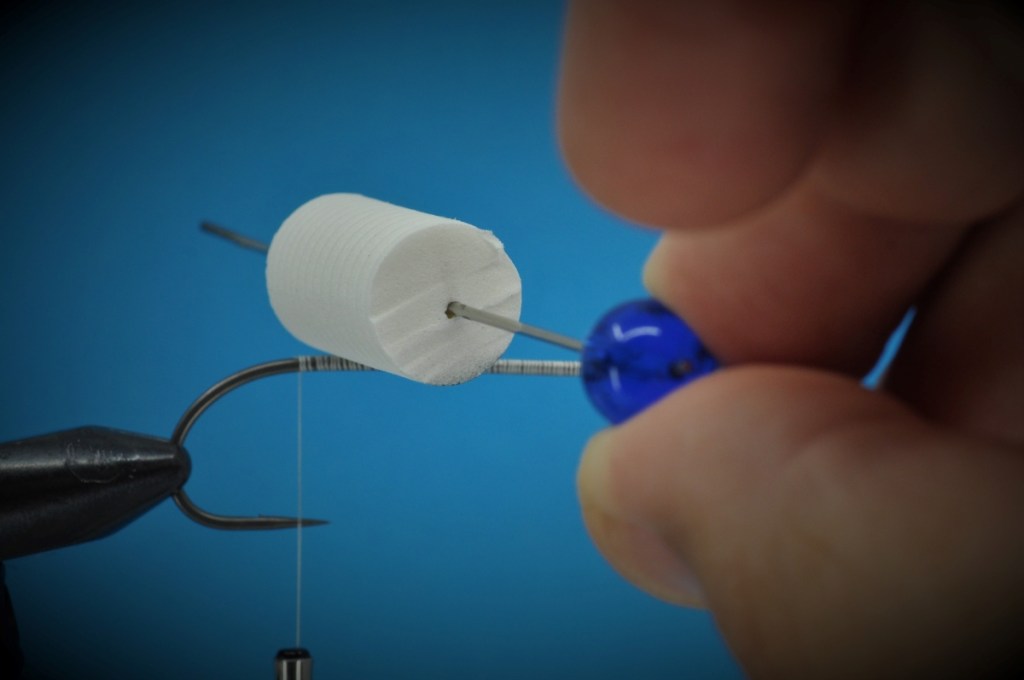

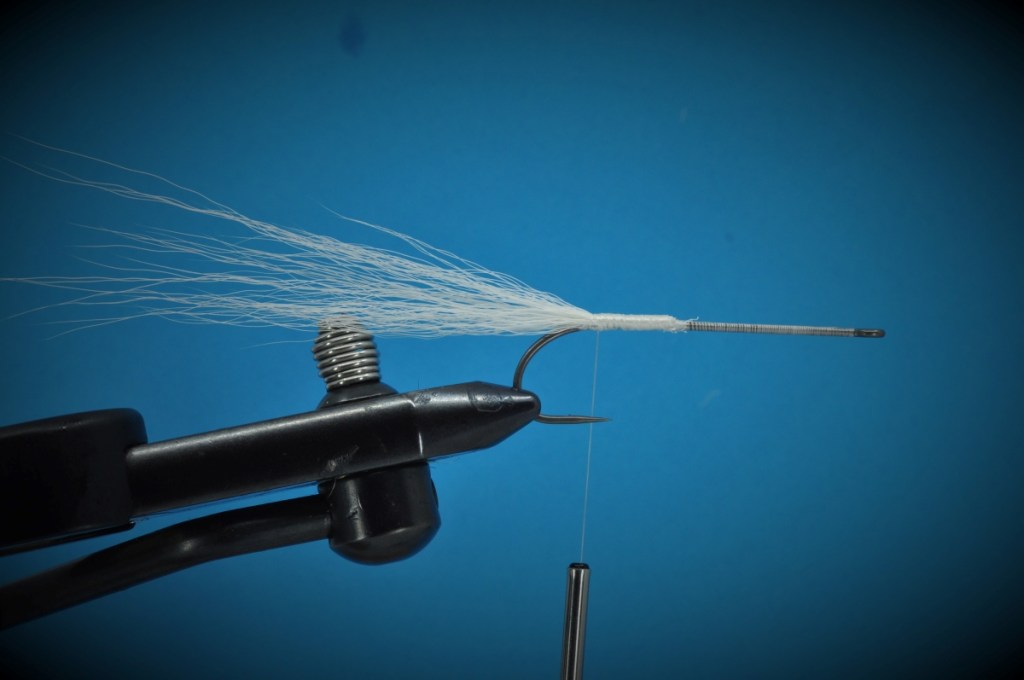



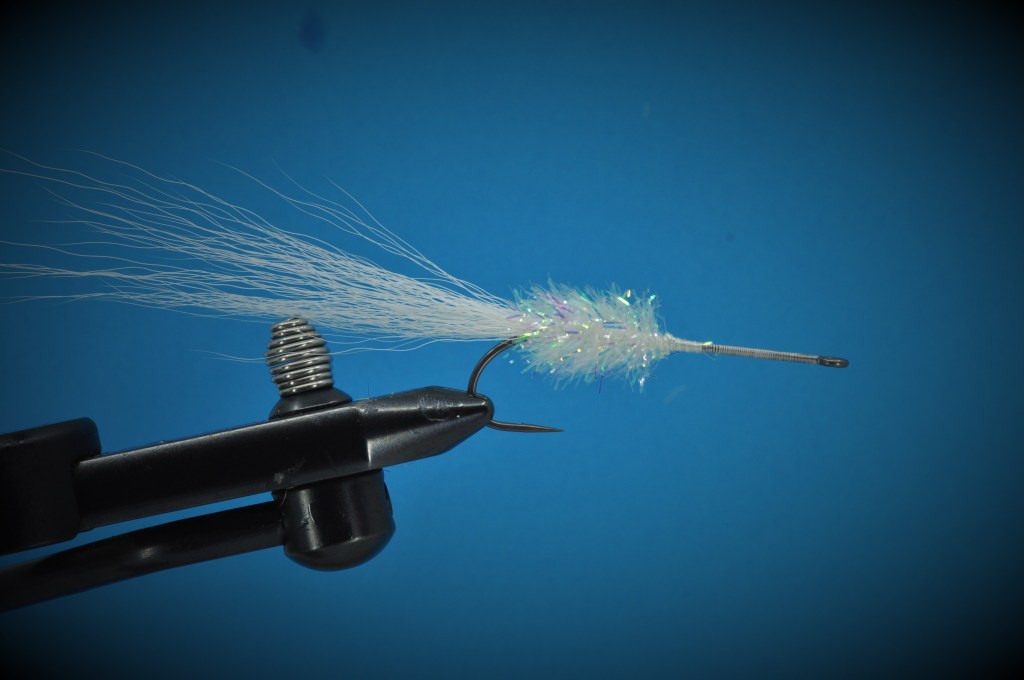

Tips and Tricks
- The Quick Swap – The truly innovative part of this fly comes from the ability to quickly swap heads. If the fish aren’t responding, simply pop off the head & swap to a different color/diameter.
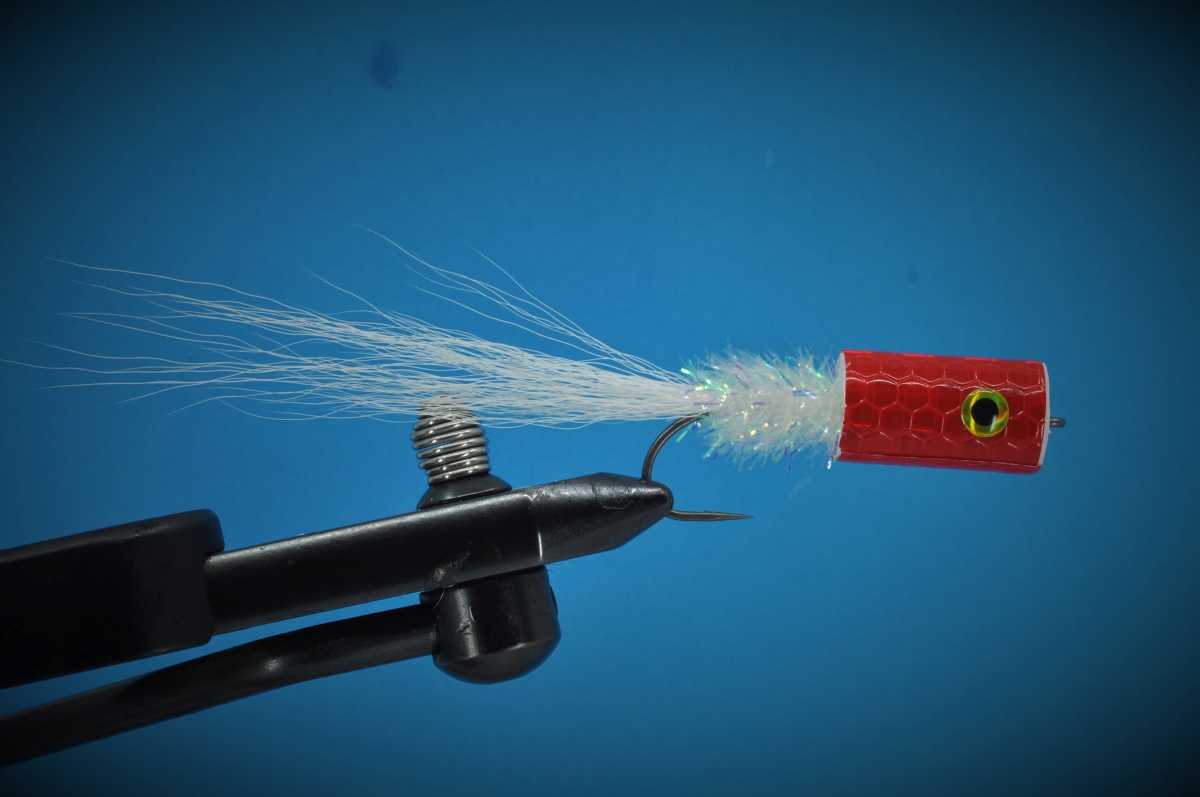
- Mind the Gap – Keep your hook gap in mind when tying these flies. Too large of a diameter foam cylinder, and you might effectively block your hook gap. In the example above, the 1/2″ diameter cylinders worked perfect on an 2/0 streamer hook. However, I had to upgrade to a 4/0 hook when utilizing the 3/4″ head.
- Saving Scrap – The foam cylinders utilized in this SBS are often sold in 1.5″ sections. As we utilize only a 1″ subsection above (the width of our reflective tape), that means there’s a half inch portion remaining. While that remainder may be insufficient for our needs here, it may be ideal for a variety of smaller bass bugs or panfish poppers depending on the diameter.
- Sharp Teeth – Just a quick note on tippet protection: When targeting toothy predators, be sure to utilize a bite tippet or shock tippet of some variety. A Wire Bite Tippet is likely the safer of the two options, but I’ve always personally favored a heavy Fluorocarbon shock tippet. 40 lbs Fluoro has held up to tiger muskie and large jack in my experience, and should prove more than adequate in the majority of cases.
- Finding Reflective Tape – While none of the fly tying shops I generally link above sell the tape in question, the material is widely available at a variety of retailers. Simply type “Marine Reflective Tape” into your preferred search engine, and you should find countless options.
Proof of Concept
Bob’s Banger is a new fly to me, but one I hope can produce well in the coming seasons. With large Jack Crevalle known to prowl the shores of Lake Pontchartrain during the warmer months, it’s simply a matter of hitting the right stretch of shoreline on the right morning…
Tight Line!
Chris

Species Caught on the Bob’s Banger Popper to Date:
Enjoy our Content?
Subscribe below to be notified anytime a new Step-by-Step is added.
Support our Content
Enjoy our content & want to help support our work? Consider clicking one of the Ads below the article if something catches your attention. Each click brings in a small bit of revenue to help offset the cost of maintaining & hosting this great site!
